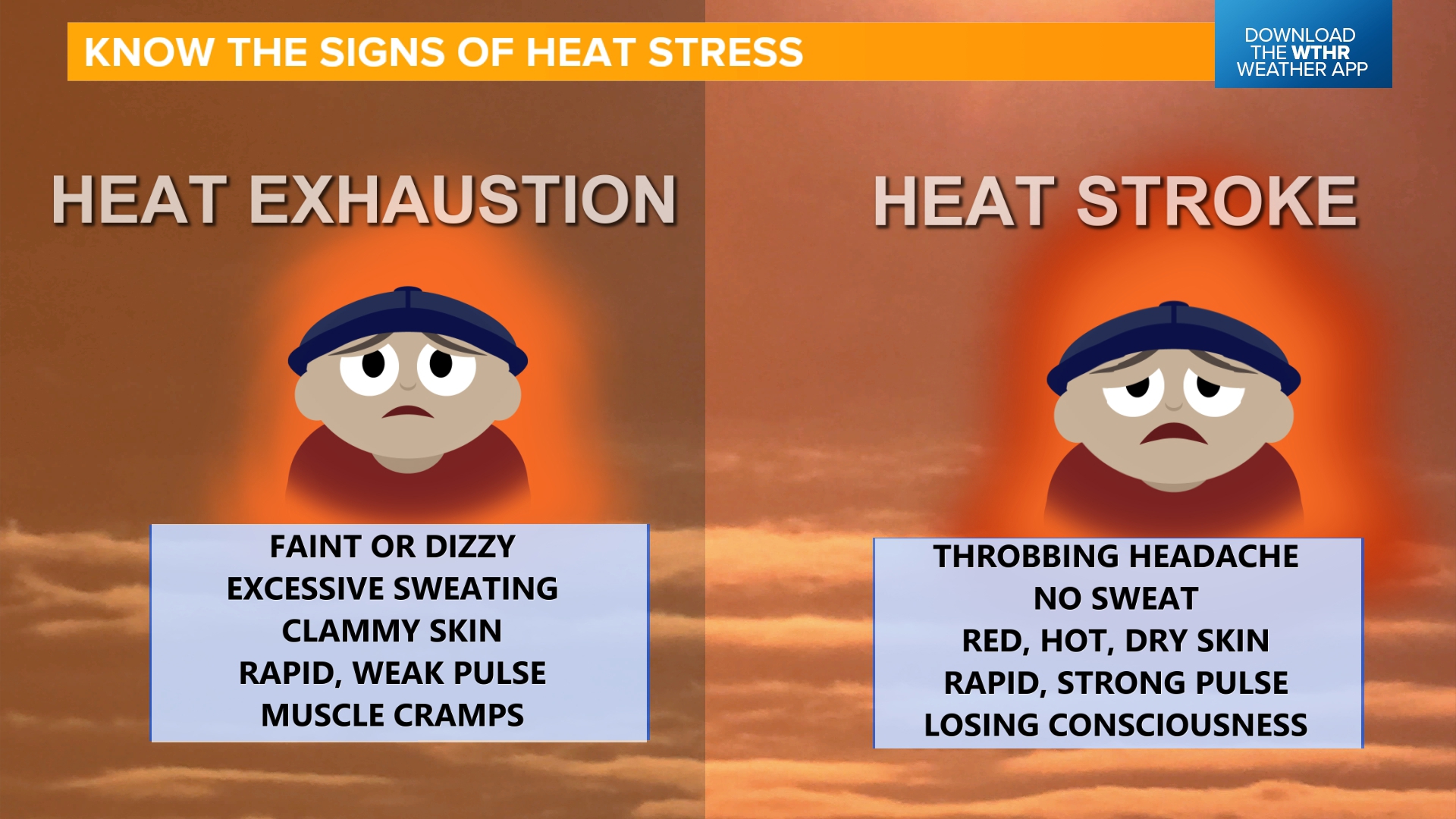When Excessive Heat Warnings Are (and Aren't) Issued

Table of Contents
Criteria for Issuing Excessive Heat Warnings
Several key factors determine when meteorological agencies issue an excessive heat warning. These warnings are not simply about exceeding a specific temperature but involve a complex assessment of multiple variables.
Temperature Thresholds
Meteorological agencies worldwide use specific temperature thresholds to trigger different levels of heat alerts, ranging from a heat advisory to a heat emergency. These thresholds vary depending on location, historical data, and the agency itself. The heat index, a combination of temperature and humidity, plays a crucial role. Higher humidity significantly increases the perceived temperature, making it feel hotter and increasing the risk of heatstroke.
- Heat Advisory: Typically issued when the heat index reaches a moderate level, indicating a potential for heat-related illnesses.
- Excessive Heat Warning: Issued when the heat index is expected to reach dangerous levels, posing a significant threat to health.
- Heat Emergency: A severe alert indicating extremely dangerous heat conditions with a high risk of life-threatening heatstroke.
- Factors influencing threshold adjustments include:
- Geographical location (coastal areas vs. inland).
- Population vulnerability (presence of elderly or those with pre-existing conditions).
- Local infrastructure and healthcare resources.
Duration of Extreme Heat
An excessive heat warning isn't issued solely based on a single hot day. The duration of the heatwave significantly impacts the risk assessment. Consecutive days of high temperatures, especially with minimal nighttime cooling, lead to cumulative heat stress, increasing the likelihood of heat-related illnesses.
- Multiple days of high daytime temperatures increase the risk of heatstroke.
- High nighttime temperatures prevent the body from adequately recovering from daytime heat exposure.
- The cumulative effect of prolonged extreme heat is a major factor in warning issuance.
Consideration of Vulnerable Populations
The presence of vulnerable populations within a community strongly influences the decision to issue an excessive heat warning, even if temperature thresholds aren't drastically exceeded. Certain groups are at a significantly higher risk of heat-related illnesses and fatalities.
- Elderly individuals: Their bodies may not regulate temperature as effectively.
- Young children: Their bodies are still developing thermoregulatory mechanisms.
- Individuals with chronic illnesses: Pre-existing conditions like heart disease or respiratory problems can exacerbate heat stress.
- Homeless individuals: Lack of access to cooling and hydration increases their vulnerability.
Infrastructure and Resources
The availability of healthcare resources and emergency response capabilities plays a vital role in warning decisions. Areas with limited resources might adopt a more cautious approach, issuing warnings at lower temperature thresholds to ensure adequate preparedness.
- Limited hospital capacity might necessitate earlier warnings to prevent overwhelming the healthcare system.
- Insufficient emergency response capabilities might influence the decision to issue warnings at lower thresholds.
Situations Where Excessive Heat Warnings Might Not Be Issued (Despite Dangerous Conditions)
Despite the existence of established criteria, several factors can hinder the timely or accurate issuance of excessive heat warnings, even when dangerous conditions prevail.
Localized Heat Islands
Urban areas experience a phenomenon known as the "urban heat island effect," where temperatures are significantly higher than in surrounding rural areas. These localized microclimates can create dangerously high temperatures in specific pockets, even if broader regional temperatures remain below the official warning threshold.
- Concrete structures and lack of vegetation contribute to trapping heat.
- Monitoring localized heat extremes is challenging due to limited data collection points.
Data Limitations and Forecasting Challenges
Limitations in weather monitoring networks, particularly in remote or less developed areas, can lead to delayed warnings or a failure to issue warnings when conditions warrant. Accurate forecasting of extreme heat events also presents significant challenges.
- Sparse weather stations may result in incomplete data representation.
- Predicting the intensity and duration of heatwaves is difficult due to complex atmospheric interactions.
- Advancements in technology and data collection are crucial for improving heat warning systems.
Policy and Communication Gaps
Bureaucratic delays or insufficient public communication strategies can undermine the effectiveness of even officially issued warnings.
- Slow response times in disseminating information to the public can lead to delays in preparedness.
- Ineffective communication channels may fail to reach vulnerable populations.
- Clear communication strategies and multiple dissemination channels are vital for effective warnings.
Conclusion
Issuing excessive heat warnings involves a multifaceted assessment considering temperature thresholds, duration of extreme heat, vulnerability of the population, and available resources. However, data limitations, localized heat variations, and communication gaps can sometimes lead to situations where dangerous conditions exist without an official warning. Understanding these factors is crucial for personal safety and community preparedness. Heeding heatwave warnings and proactively taking steps to protect yourself and others, especially vulnerable neighbours, are critical to mitigating the risks associated with extreme heat. Learn more about heat safety, stay informed about local weather alerts through your national meteorological service, and be prepared to take action. Being aware of excessive heat warnings and practicing heat safety can save lives.

Featured Posts
-
 Trafic Gare Du Nord Disruptions Majeures Suite A La Decouverte D Une Bombe
May 30, 2025
Trafic Gare Du Nord Disruptions Majeures Suite A La Decouverte D Une Bombe
May 30, 2025 -
 State Fair Park Hosts Realtors Home And Garden Show
May 30, 2025
State Fair Park Hosts Realtors Home And Garden Show
May 30, 2025 -
 Ticketmaster Revoluciona La Compra De Boletos Descubre Virtual Venue
May 30, 2025
Ticketmaster Revoluciona La Compra De Boletos Descubre Virtual Venue
May 30, 2025 -
 Is A Bts Comeback Imminent New Teaser Hints At Group Return
May 30, 2025
Is A Bts Comeback Imminent New Teaser Hints At Group Return
May 30, 2025 -
 Roastable Roots A Country Diary Entry On A Foraged Carrot Cousin
May 30, 2025
Roastable Roots A Country Diary Entry On A Foraged Carrot Cousin
May 30, 2025
